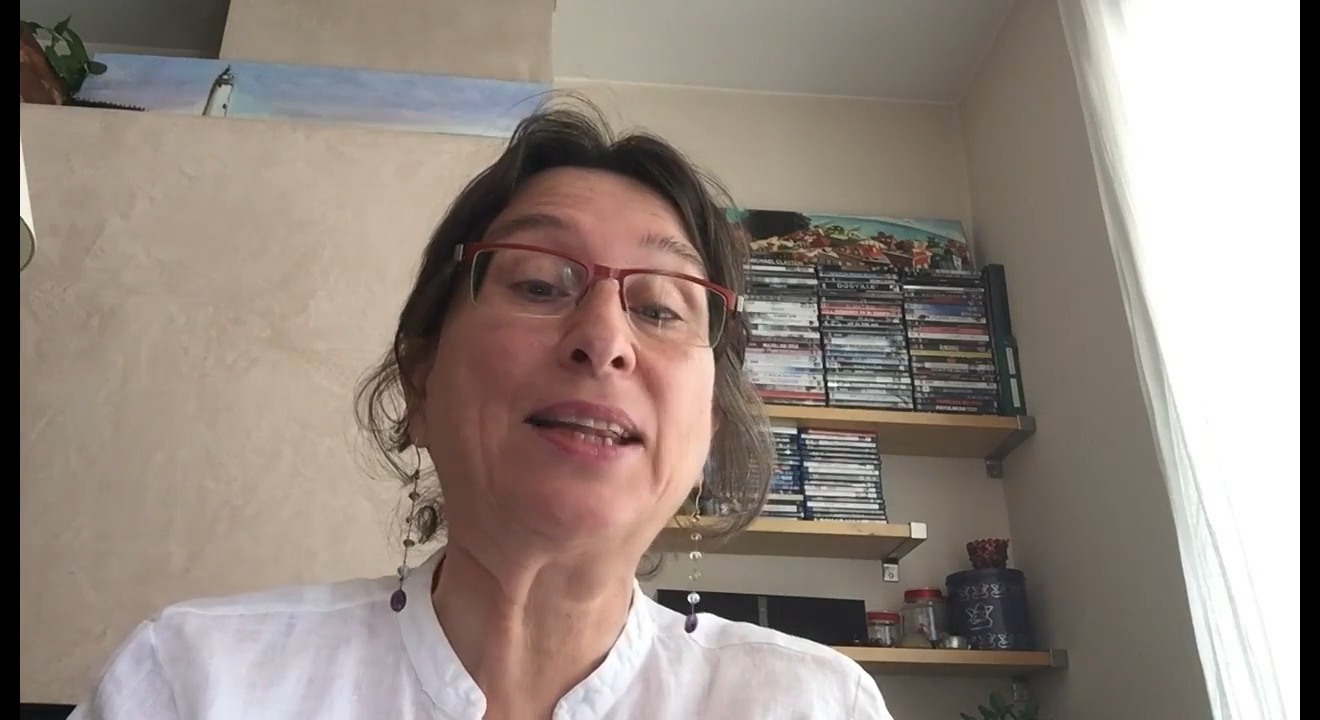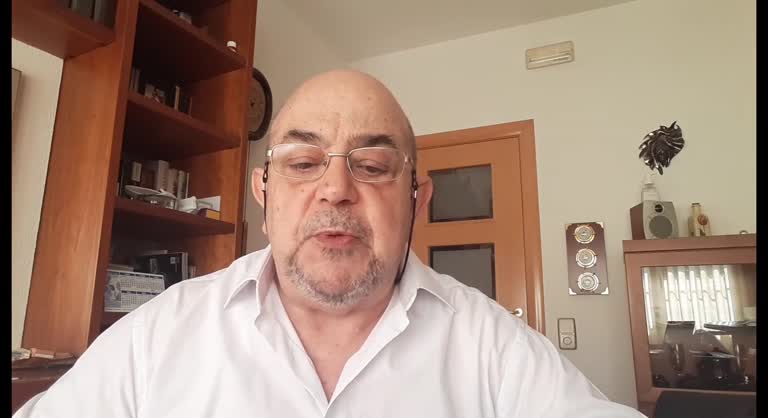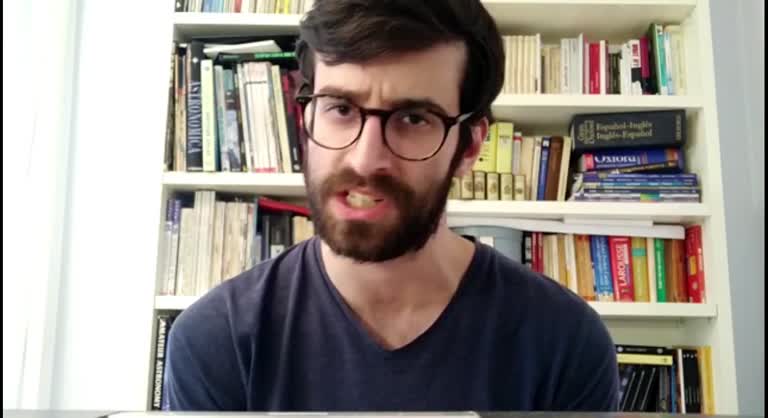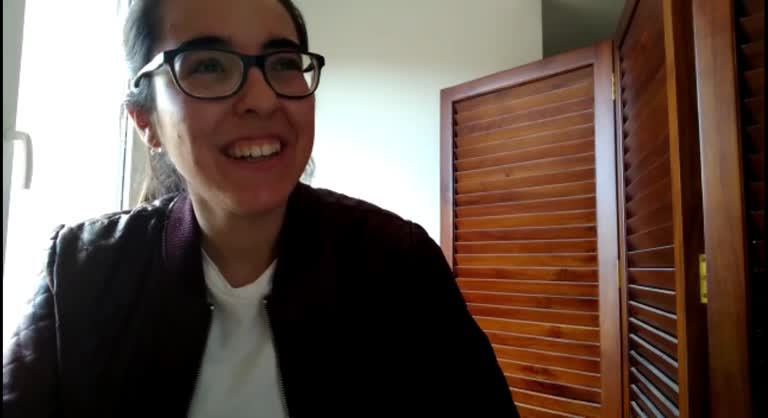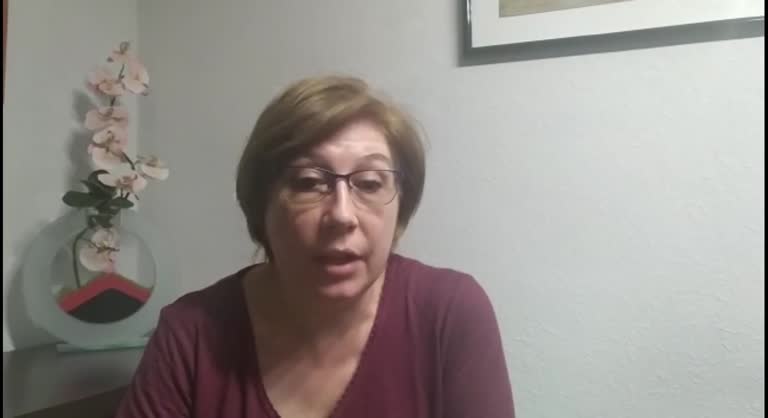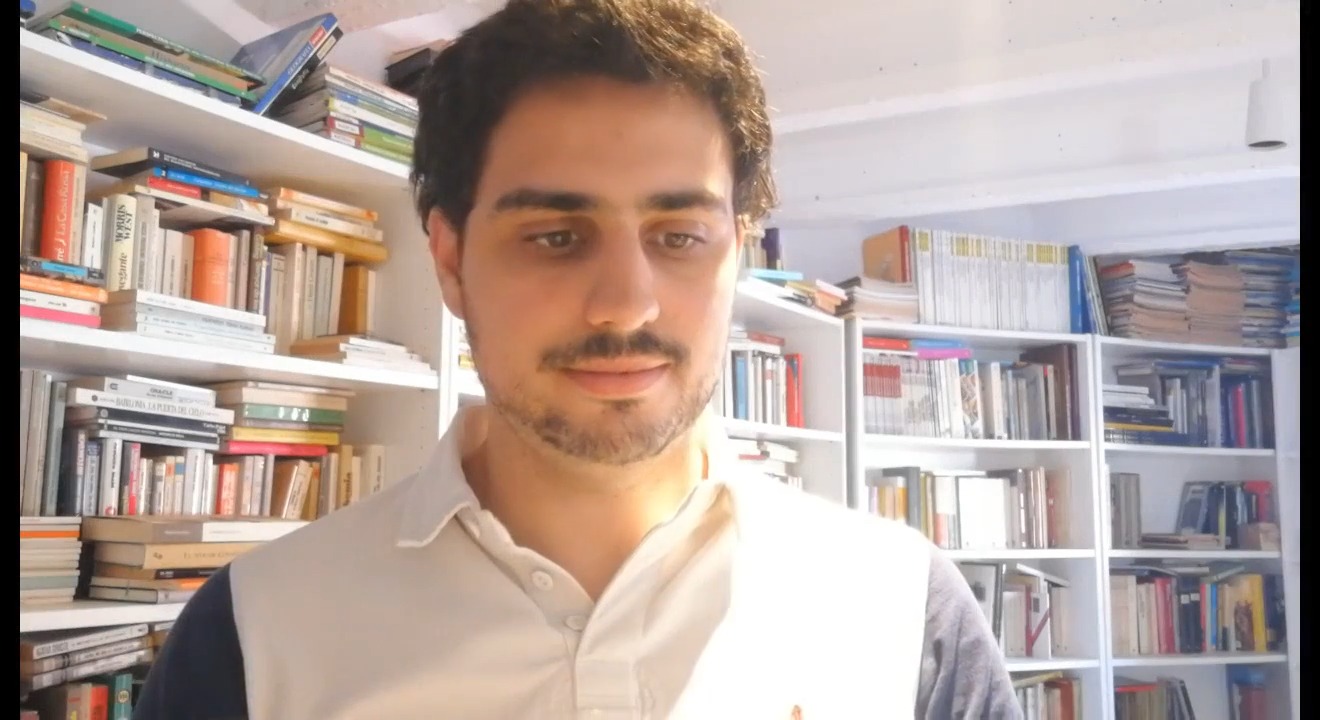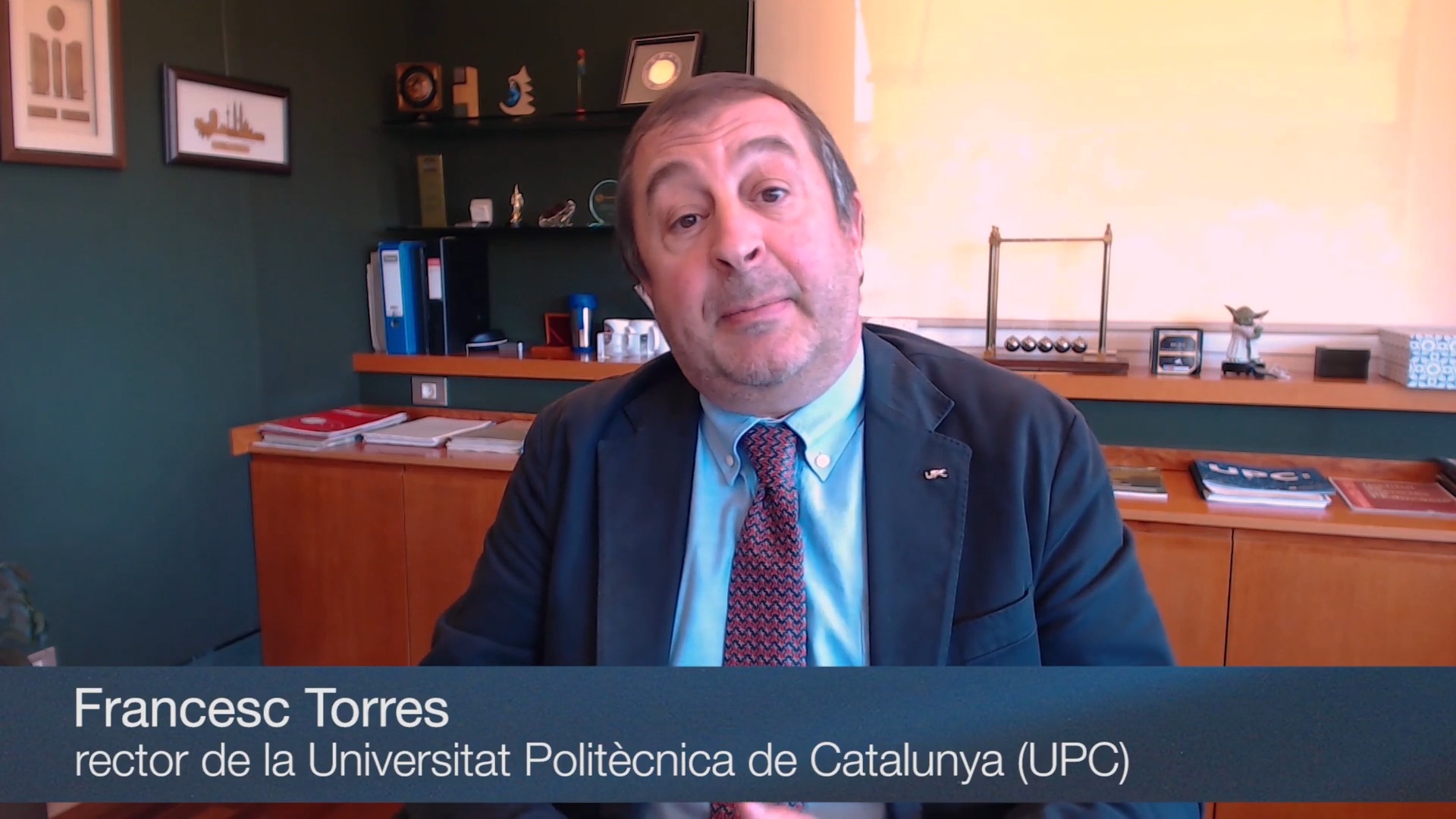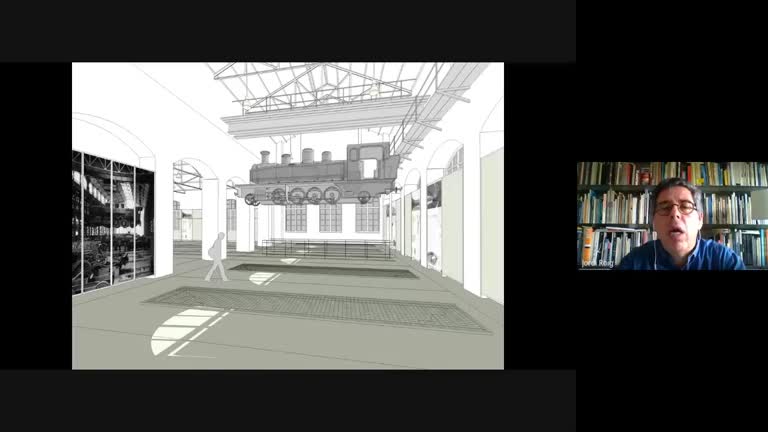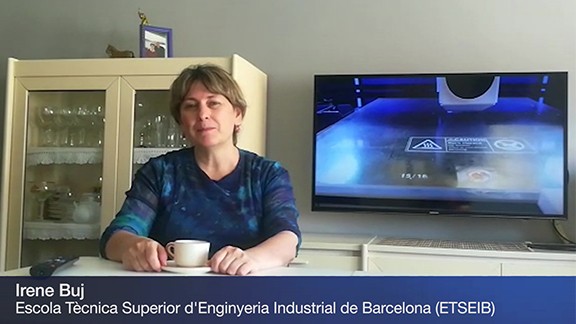Total de resultats de la cerca: 8787
Resultats de la cerca
Mensaje del rector de la UPC ante la situación de emergencia sanitaria del 7 de mayo
Accés obert
7 de maig 2020
El rector de la UPC, Francesc Torres, fa arribar aquest missatge a la comunitat universitària davant la situació d'emergència sanitària per la COVID-19.
La casa com a infraestructura. Experiències
Accés obert
6 de maig 2020
Presentació de la sessió GMeet a càrrec de Pere Joan Ravetllat, Professor coordinador de l'assignatura Habitatge i Ciutat. Projectes 3r curs, amb les intervencions per aquest ordre: Pau Bajet, Xavier Ros i Josep Ferrando (Departament Projectes Arquitectònics ETSAB - UPC).
Intervención en el Museo de Ferrocarril de Vilanova y Concurso de la Arena de Verona
Accés obert
6 de maig 2020
El Màster en Restauració de Monuments ha organitzat un cicle de conferències en homenatge al qui fou el seu Director, el Professor Fernando V. Álvarez Prozoróvich. Les sessions es faran mitjançant Hangouts Meet cada dimecres, a partir del 6 de maig i fins al 3 de juny. Primera sessió a càrrec de Jordi Roig, Arquitecte i Professor de l'ETSAB. Presentat per Oriol Hostench, Docent MRM.
Es poden fer materials que imitin els teixits ossis amb impressió 3D?
Accés obert
5 de maig 2020
Irene Buj, professora de l'Escola Tècnica Superior d'Enginyeria Industrial de Barcelona (ETSEIB), explica el treball del grup de recerca en Tecnologies de Fabricació.
#CafèambTechUPC és una campanya de la Universitat a xarxes socials que difon en format vídeo els projectes de recerca que els investigadors i les investigadores UPC estan desenvolupant durant el confinament per l'emergència sanitària provocada pel COVID-19. #CafèambTechUPC #UPCDesDeCasa
#CafèambTechUPC és una campanya de la Universitat a xarxes socials que difon en format vídeo els projectes de recerca que els investigadors i les investigadores UPC estan desenvolupant durant el confinament per l'emergència sanitària provocada pel COVID-19. #CafèambTechUPC #UPCDesDeCasa
Com és la fase final de l'evolució estelar?
Accés obert
5 de maig 2020
Jordi José, investigador de l'Escola d'Enginyeria Barcelona Est (EEBE), explica com des del grup de recerca d'Astronomia i Astrofísica estudien les fases finals de l'evolució estelar.
#CafèambTechUPC és una campanya de la Universitat Politècnica de Catalunya · BarcelonaTech (UPC) a les xarxes socials que difon els projectes que la comunitat universitària està desenvolupant durant el confinament per l'emergència sanitària provocada per la COVID-19 a través de vídeos elaborats pels mateixos protagonistes. #CafèambTechUPC #UPCDesDeCasa
#CafèambTechUPC és una campanya de la Universitat Politècnica de Catalunya · BarcelonaTech (UPC) a les xarxes socials que difon els projectes que la comunitat universitària està desenvolupant durant el confinament per l'emergència sanitària provocada per la COVID-19 a través de vídeos elaborats pels mateixos protagonistes. #CafèambTechUPC #UPCDesDeCasa


